[Ono City] The only one in Hyogo Prefecture! A stunning national treasure Buddha statue
![[Ono City] The only one in Hyogo Prefecture! A stunning national treasure Buddha statue](https://resources.matcha-jp.com/resize/720x2000/2023/12/22-159145.webp)
This temple is famous for its main hall, Jodo-do Hall, and its principal image of Amida Nyorai and the standing samurai statues on both sides. The contrast between the vermilion wood and the white walls is impressive, and the three Buddha statues that stand in the center of the open Jodo-do hall are all perfectly proportioned and have powerful faces.
-
Table of Contents
- What is Jodo-ji Temple like?
- The three statues shining in the setting sun are a must-see
- Here are the highlights of the temple grounds
- Check out the wonderful stamps and fortune slips
- basic information
What is Jodo-ji Temple like?


Jodo-ji Temple was built at the beginning of the Kamakura period around 1194. Long ago, it was the site of the manor of Todai-ji Temple in Nara and was called Obe-no-sho.
Chogen Shonin, the priest responsible for the reconstruction of Todaiji Temple after it was burned down during the Genpei War, established branch temples in various Bessho as bases for the reconstruction of Todaiji Temple, built temples and statues of Amida Buddha in each Bessho temple as bases for promotion, and attempted to cover the costs of reconstruction by developing the land. One of the seven Bessho he established throughout the country was Jodo-ji Temple, also known as "Harima Bessho."
The three statues shining in the setting sun are a must-see

The Jodo Hall is the central hall built by Chogen from the beginning of Jodo-ji Temple. It is characterized by its careful construction, which integrated the architecture and the Buddha statue. It was built in a unique style called "Daibutsu-yo" (Great Buddha Style), which was also used in the reconstruction of Todai-ji Temple, and is one of the few precious buildings that has preserved the Great Buddha in almost perfect condition. Now, let's go inside the hall.

"Amazing!" "Big!" "So cool!" The interior of the hall is an open, vermilion and white dome-shaped space with no ceiling and a high attic. The three gigantic Buddha statues standing in the middle have an overwhelming presence.
This is an early work by Kaikei, a famous sculptor of Buddhist statues representing the Kamakura period, and is a rare example of a standing statue of "Joroku" size, measuring 16 shaku (4.8 m). The statue appears to be standing on a pedestal, but in fact it is not; the base material of the statue is built into the hall, making it earthquake-resistant. It is truly amazing that the statue was made at the same time as the building.
The reverse of the Amida Buddha's previous postures, with the left hand raised and the right hand lowered, and the long fingernails, were modeled after Chinese paintings and were the latest style at the time. These three statues are the only national treasures of Hyogo Prefecture that are Buddhist statues.

In the evening, the setting sun shines in through the lattice doors at the back, reflecting off the floor and hitting the attic, pouring light onto the Buddha statue. The principal image shines golden, appearing as if floating on a cloud from the Pure Land to welcome the Buddha. The best time for the light to shine in is between 4:00 and 4:30 p.m. from the summer solstice to mid-August. You can experience the power and beauty of the building and Buddha statue as one.
The light that represents the coming of the Buddha was also carefully calculated, making us speechless at how truly impressive the master Chogen was.
Here are the highlights of the temple grounds

The main hall, Yakushido, where the principal image of Yakushi Nyorai is enshrined, is a nationally designated Important Cultural Property. It stands on the east side of the temple grounds, facing the Jodo-do Hall across the pond.
The original building was burned down, and the current building was rebuilt in 1517 during the Muromachi period. It is built in the Daibutsu style, just like when it was first built, but Japanese and Chinese styles are also used in various places.

The worship hall and main hall of Yawata Shrine, a nationally designated important cultural property. Just as Todaiji Temple has the guardian deity, Temmokuyama Hachiman Shrine, Jodo-ji Temple also has a Yawata Shrine.

On the mountain behind the shrine, a stone Buddha statue is enshrined as a replica of the 88 sacred sites of Shikoku. It was built in the Edo period, but it is a full-fledged replica of the real sacred sites in Shikoku, with the sense of distance and the ups and downs of the roads being replicated.
It takes about 30 minutes to go around the entire park, and some locals visit it every day.

Approximately 3,500 hydrangeas are planted along the road, so many people visit during the season. Other recommended times to visit are when the new green leaves come out, and when the leaves change color and cover the ground in a carpet from autumn to winter.
Check out the wonderful stamps and fortune slips

Here is the Goshuin of Jodo-ji Temple. In the center, it says "Rurikoden" (Ruriko Hall), which means the hall where the principal image of Yakushi Nyorai, also known as "Ruriko Nyorai", is enshrined. A treasure seal with the Sanskrit characters for Yakushi Nyorai and Amida Nyorai is stamped on it.
On the left side is the "Goeika Goshuin" (red seal of a Buddhist chant), which has a similar Sanskrit seal. Both of these can be obtained at the Jodo Hall, and there are also pre-written seals available. Each costs 300 yen.


Jodo-ji Temple is protected by two sub-temples, Kanki-in and Hoji-in. One of the sub-temples, Kanki-in, is located at the bottom of the stairs on the south side near the Jodo Hall, and you can receive wonderful goshuin and omikuji fortunes.


This is a "seasonal flower stamp." It was started in June 2020 in response to requests from worshippers who said, "I've taken the time to visit the temple, so I'd like something to commemorate it." Two types of seasonal flowers are drawn each month. One stamp always has the characters for "Amida Buddha" and a simple character for the stamp, while the other has a variety of characters, such as a Buddhist term or a seasonal phrase.
The hydrangea stamp for June has the characters "Ho-yu" (dharma rain) and a red seal of a law wheel, which means that the teachings will spread to every corner like rain. The other has a picture of a mountain dogwood. The July one has a catkin tree and a kohone (hobone). The catkin tree has the character "healing" and a simple character of Yakushi Nyorai (Medicine Buddha) stamped on it.

Starting this year, we have started offering illustrated red seals with seasonal designs and Buddhist phrases for each season. This is a summer illustrated red seal. "Nengemisho" is a Buddhist term that has a similar meaning to "telepathy." It comes from a story about how, when Shakyamuni gave a sermon, he twisted a flower and showed it to the masses. No one understood what it meant, but one disciple knew the true meaning and smiled. The seal has been painted to evoke that story, and the Sanpoin seal has been stamped on it. It's fun to hear the story behind it.
The calligraphy of the red seal is done by Kankou Ken, the deputy chief priest of Kanki-in Temple, and the illustration is done by his mother. Many people come to the temple looking forward to the monthly red seal. Back issues are also available upon request.

There are also some lucky charms that will bring you the blessings of Amida Buddha. Here is a super cute "Amida-san Omikuji." It was made by the deputy chief priest, Kagami.

The "Buddha's Child Fortune Slip" also has a lot of expression.
"I make them with a warm heart, so that people can feel closer to Buddha. Each one is individually written, so they are one-of-a-kind fortune slips. I hope that people will take them home with them, shouldering good fortune," said Deputy Chief Priest Akira.
There are also other Toyotomi such as "lucky cats" and "lucky dogs". 600 yen (700 yen if you bring your own). If you meet the golden Amida Buddha and receive a seasonal stamp or a cute fortune slip, it seems like you will receive great benefits.
(Writer Utami)
*This article is current as of May 2023. Prices include tax. Product contents and prices may be subject to change.
basic information
Jodo Temple
Address: 2094 Jyotanicho , Ono City
Phone number: 0794-62-4318 (Kanki-in) 0794-62-2651 (Houji-in)
Visiting hours: April to September 9:00-12:00, 13:00-17:00 October to March 9:00-12:00, 13:00-16:00
Closed: December 31st and January 1st, no viewing inside the building
Access: Approximately 5 minutes by car from the Miki Ono IC on the Sanyo Expressway Approximately 13 minutes by car from the Takinoyashiro IC on the Chugoku Expressway
Parking: 30 spaces
What are good things and good experiences? There are many characteristics such as having a story to tell, overflowing with the thoughts of the creator, having a history, and being loved by the locals. Have you ever come across a special thing or experience that made you want to tell someone about it? And as a result of telling, someone new leads to something. We think that's what "good" is all about. In order to deliver such encounters to our customers, we discover Hyogo's good things based on the concept of "talk, communicate, and connect", and provide information that will shorten the emotional distance between customers and the region of Hyogo Prefecture.
The contents on this page may partially contain automatic translation.





















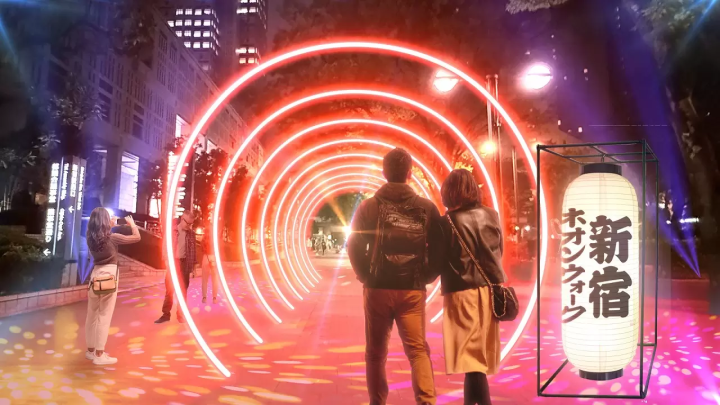
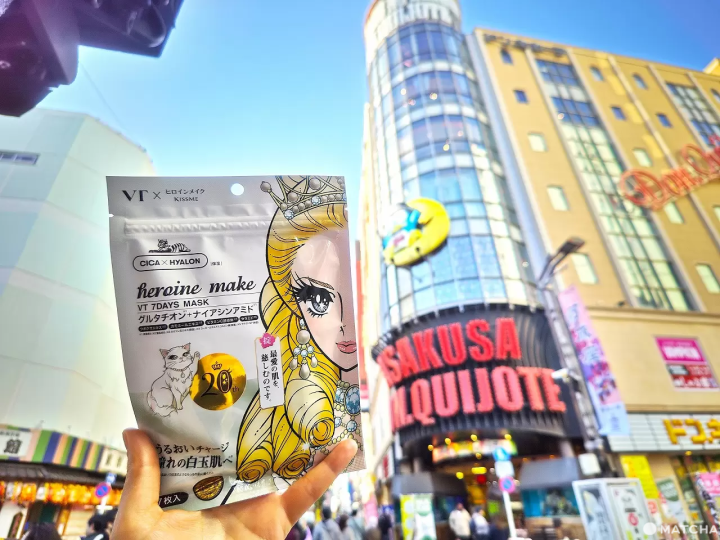
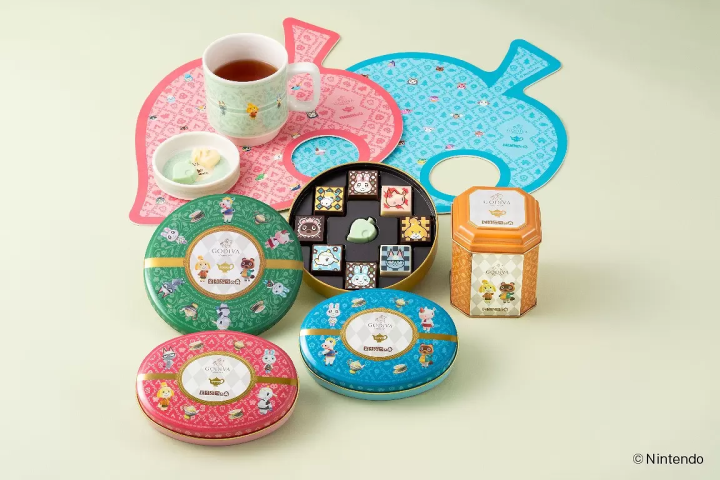
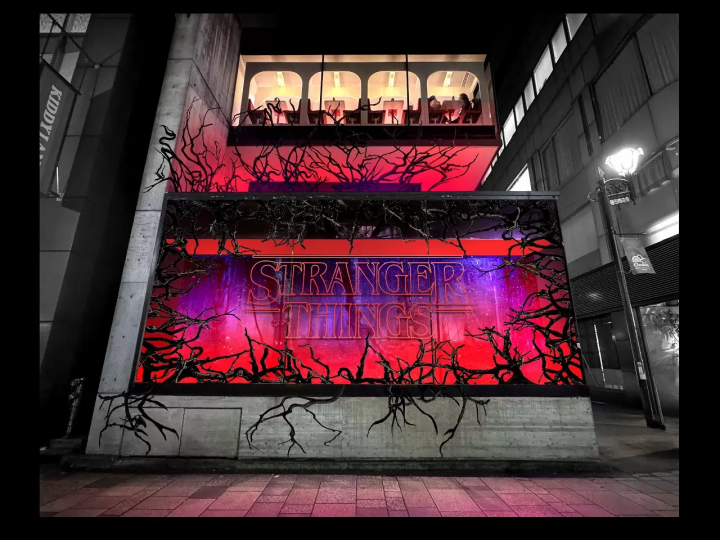
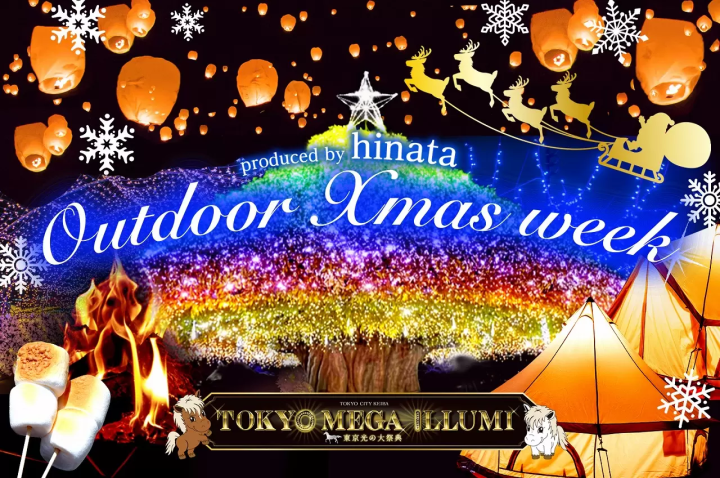
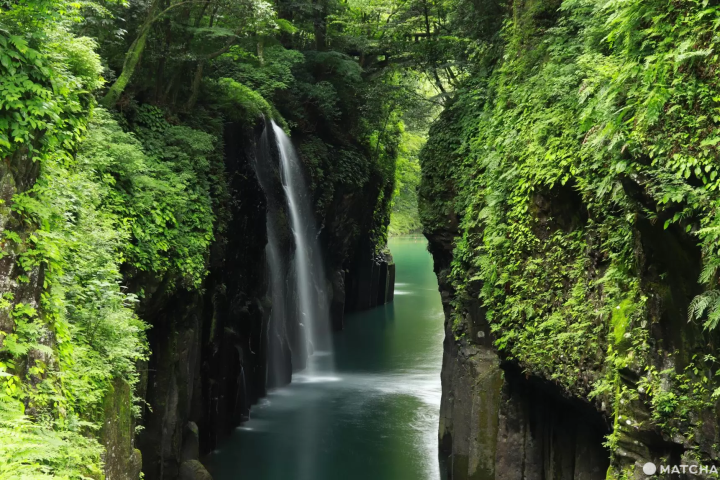




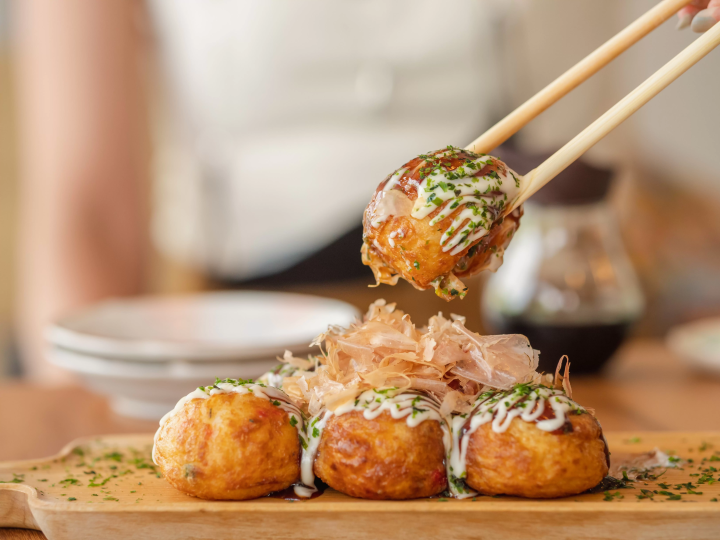
![[2026 Edition] FORMUAL 1 JAPANESE GRAND PRIX Information](https://resources.matcha-jp.com/resize/720x2000/2025/10/05-245984.webp)

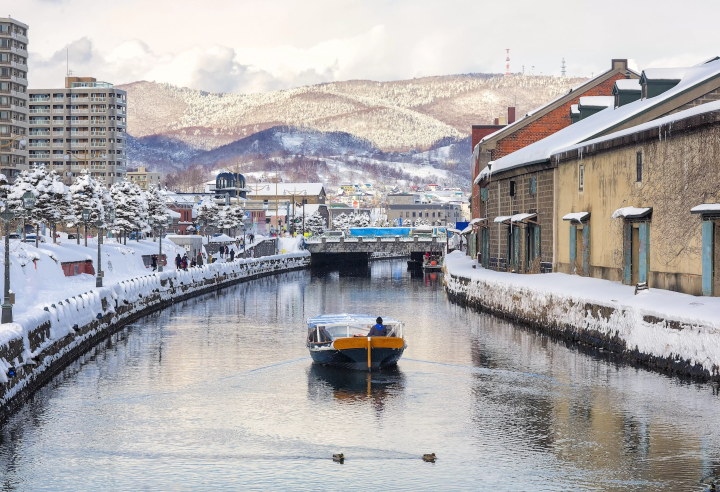
![[2025 Update] Namba's spectacular illuminations! "Namba Hikari Tabi" with approximately 1 million shining lights](https://resources.matcha-jp.com/resize/720x2000/2025/12/12-252825.webp)